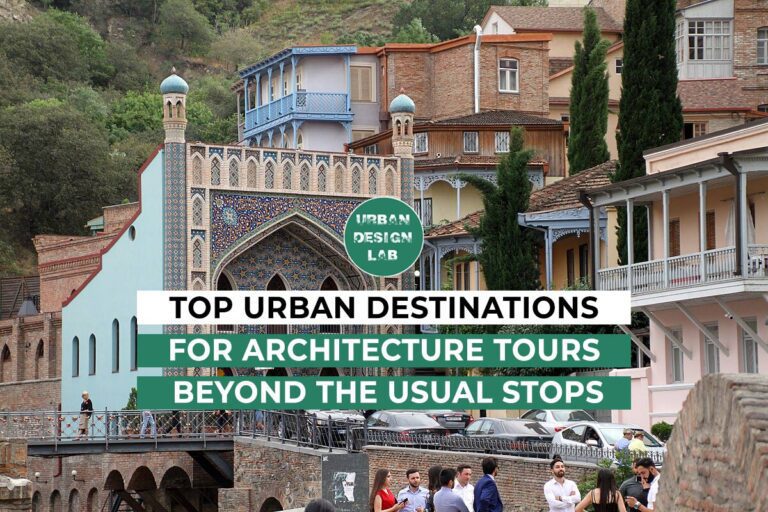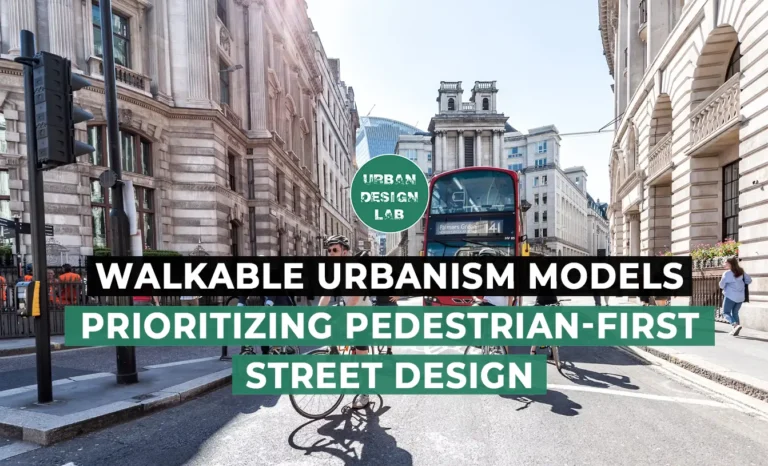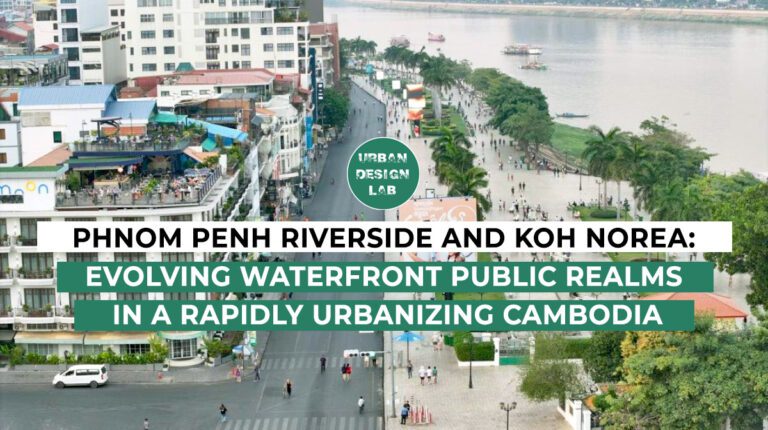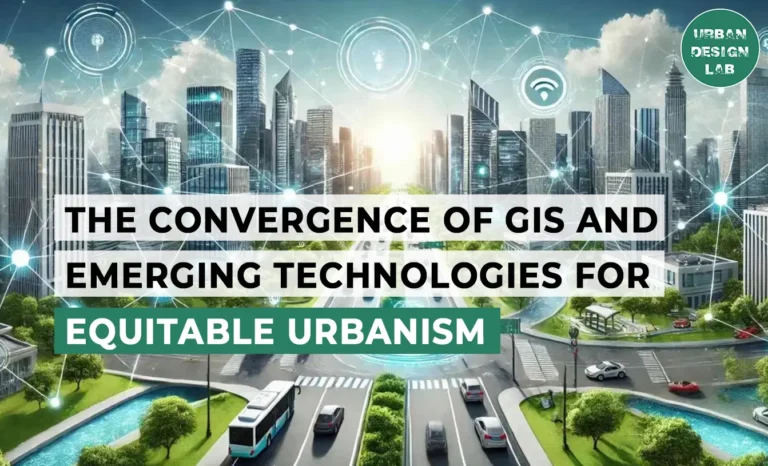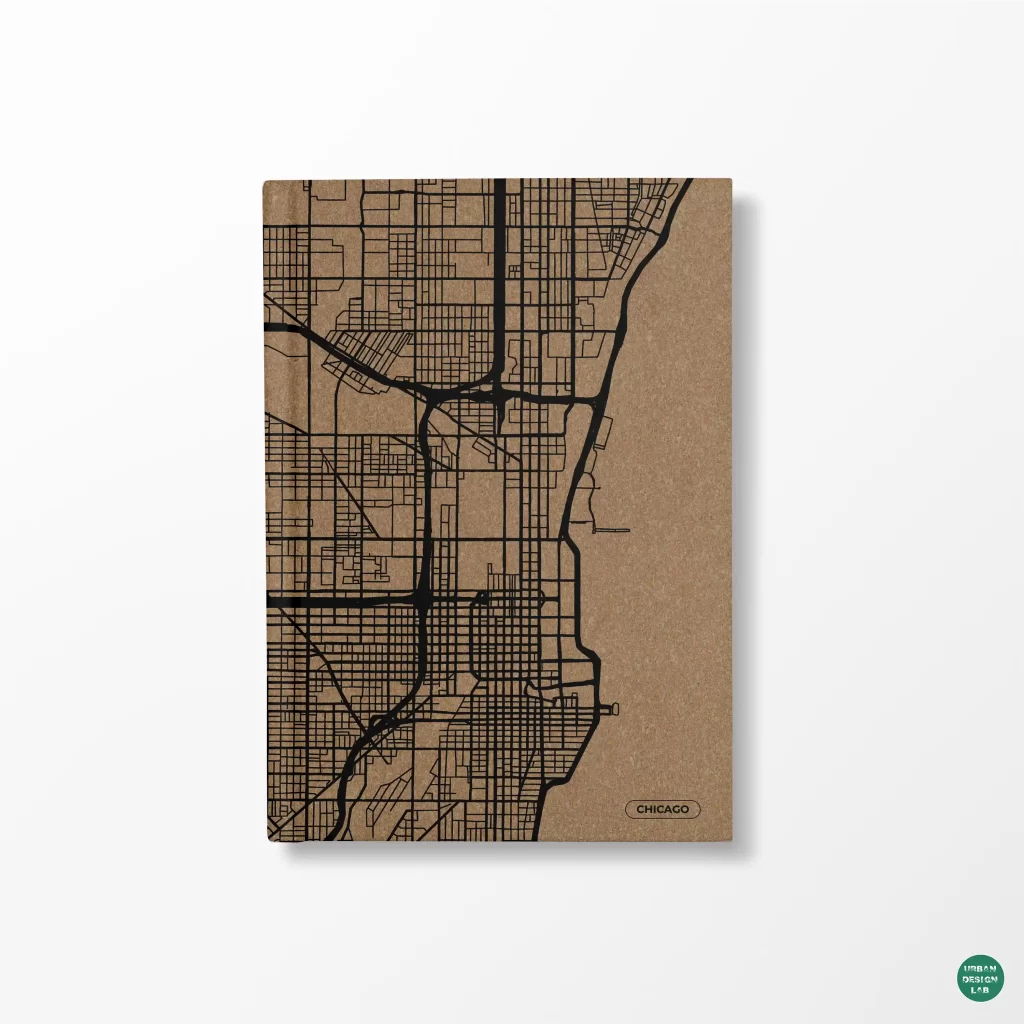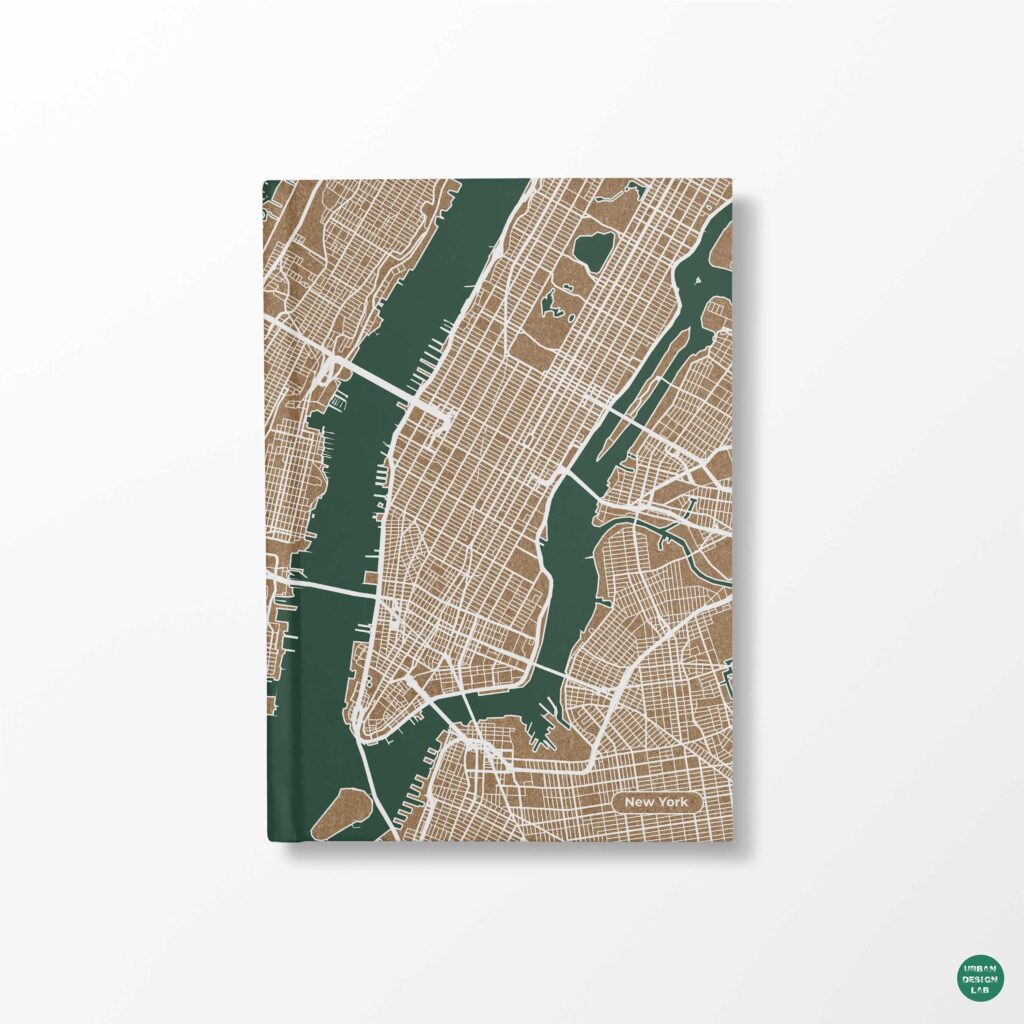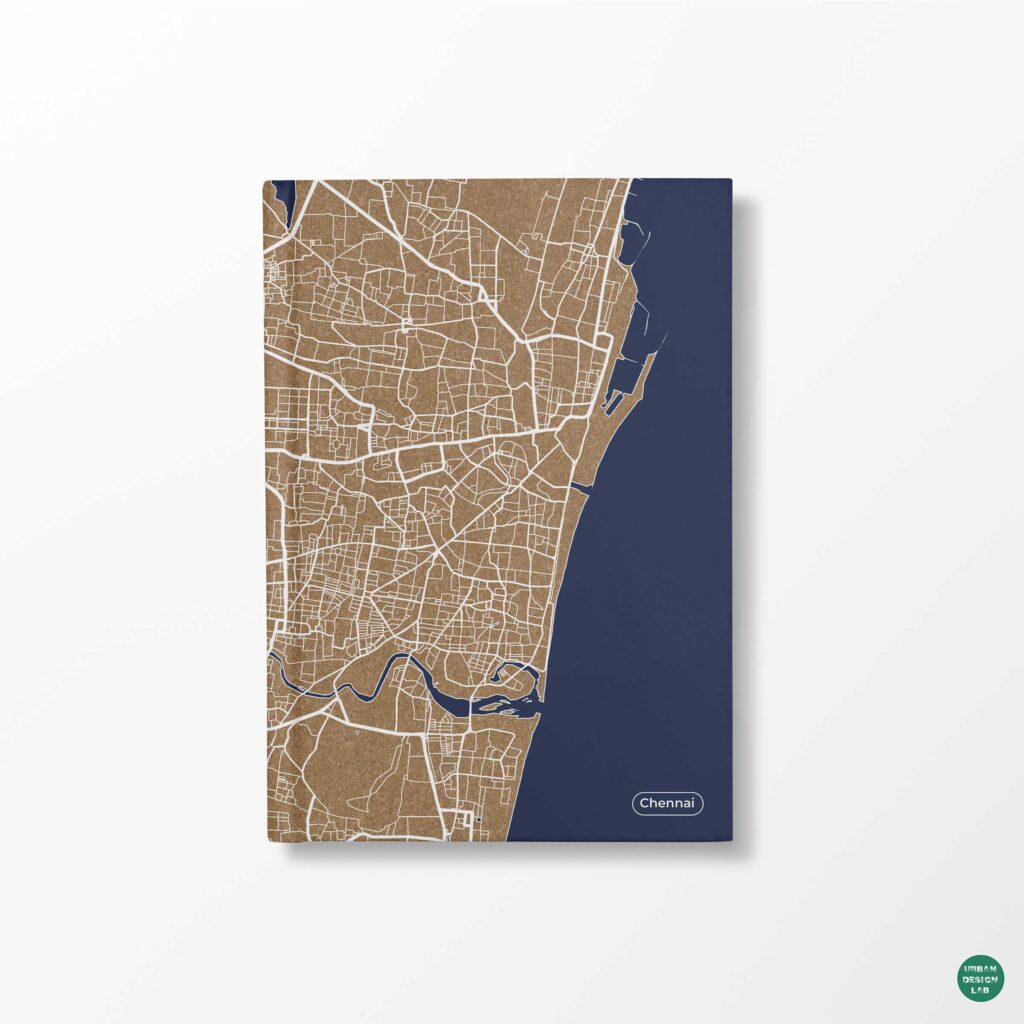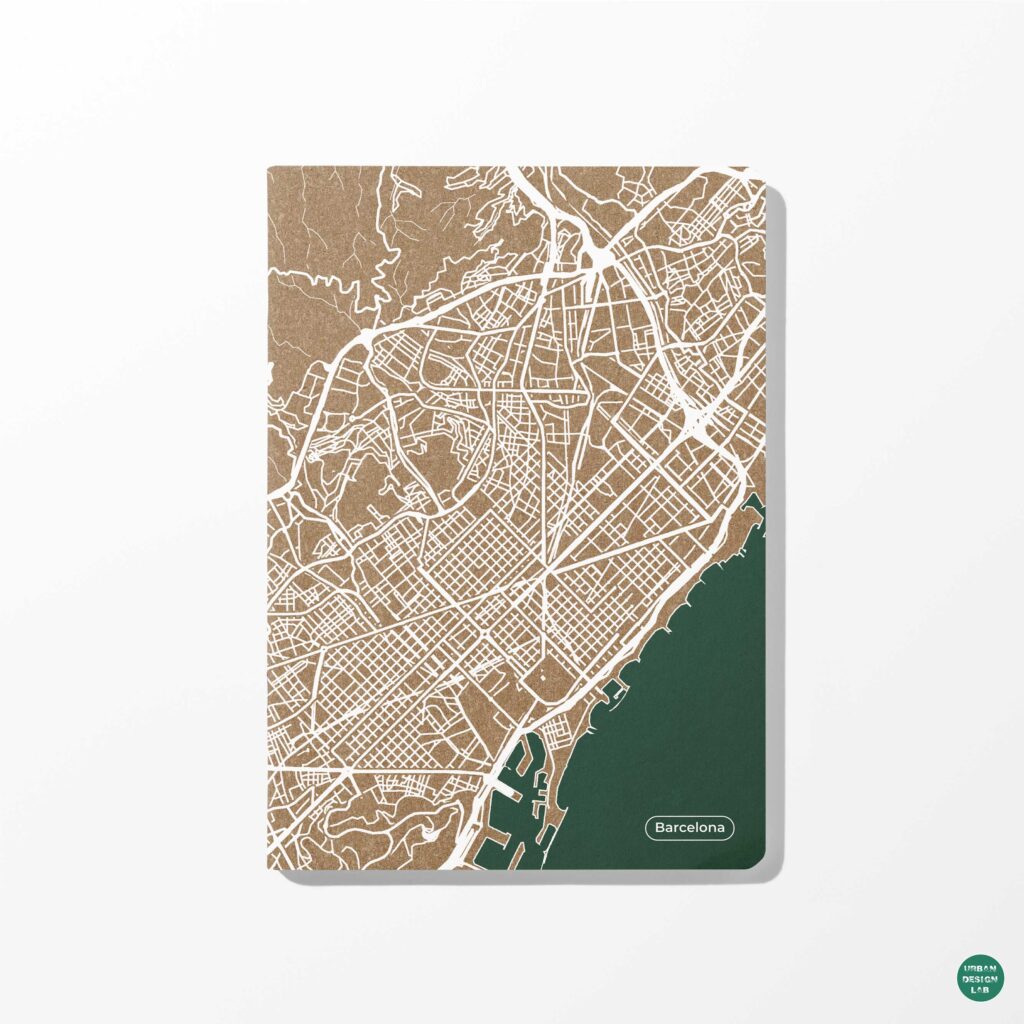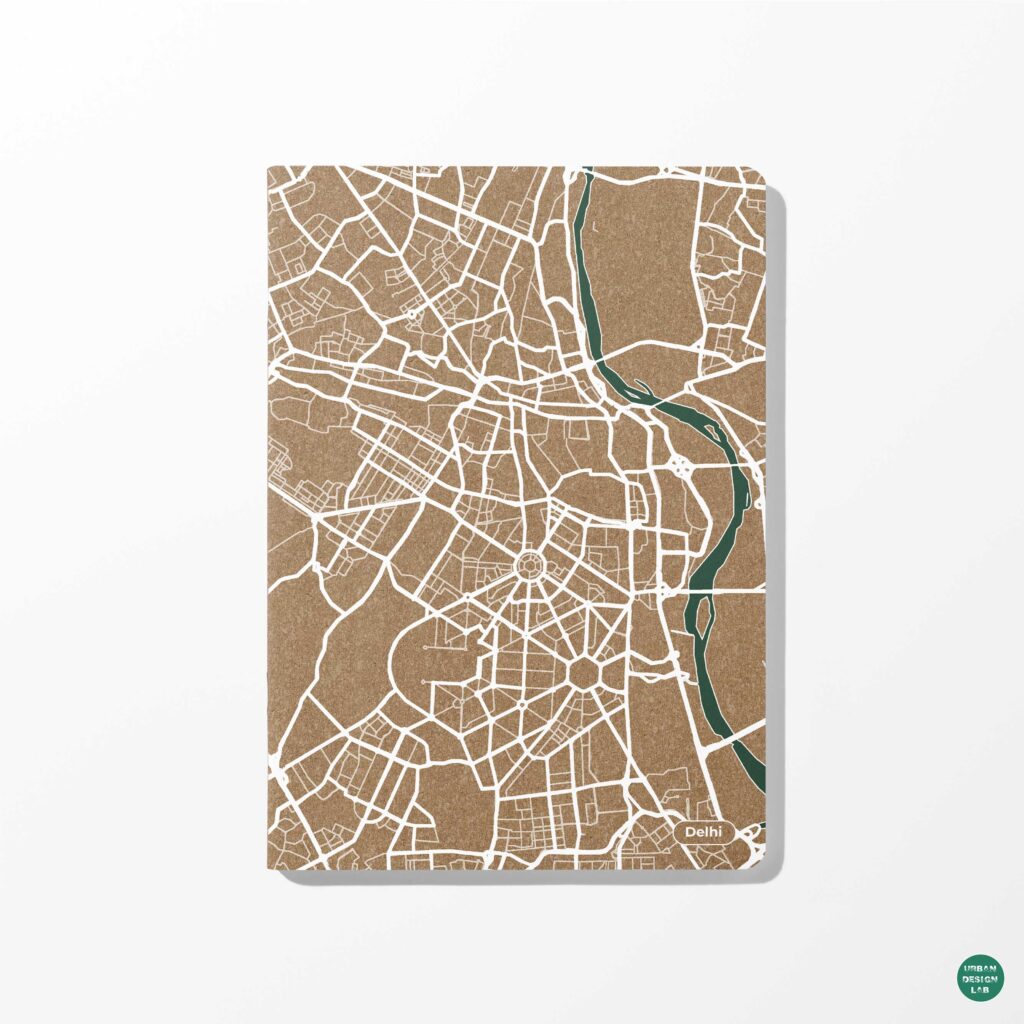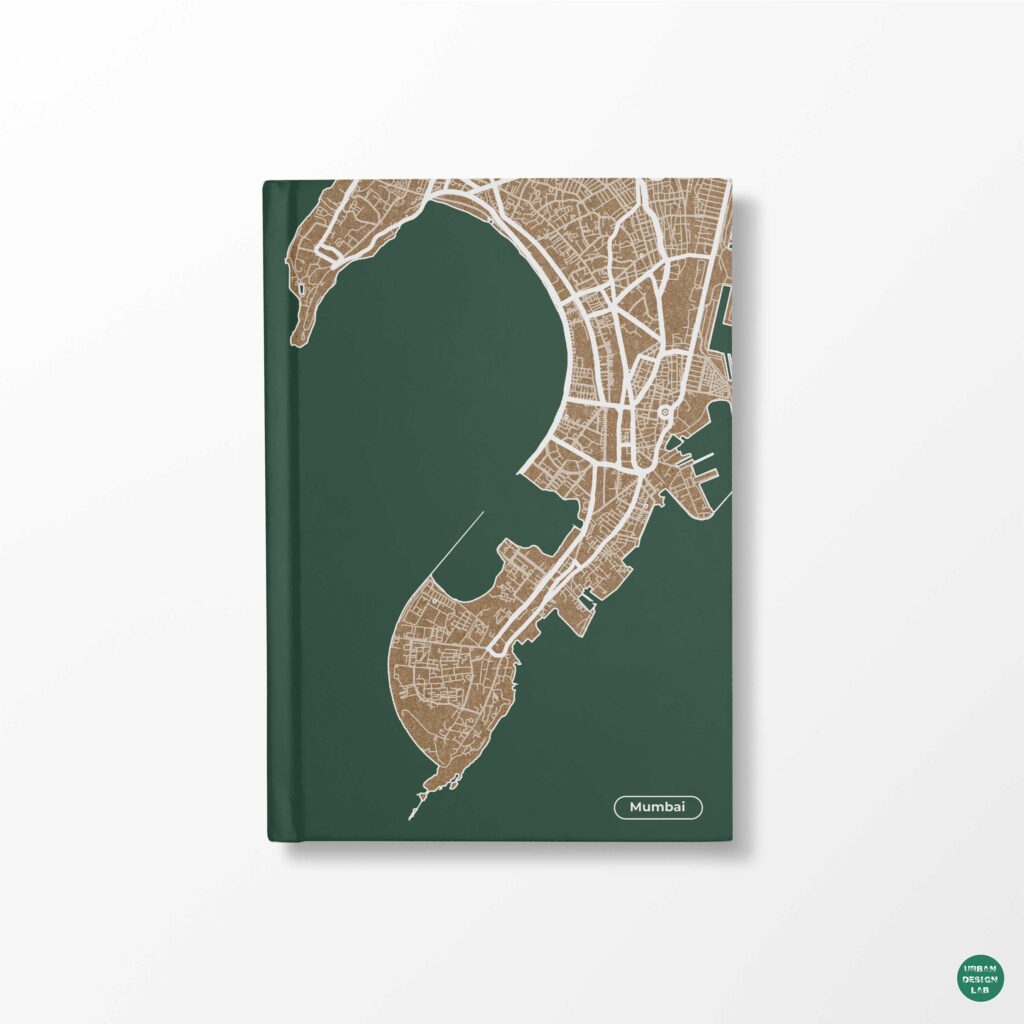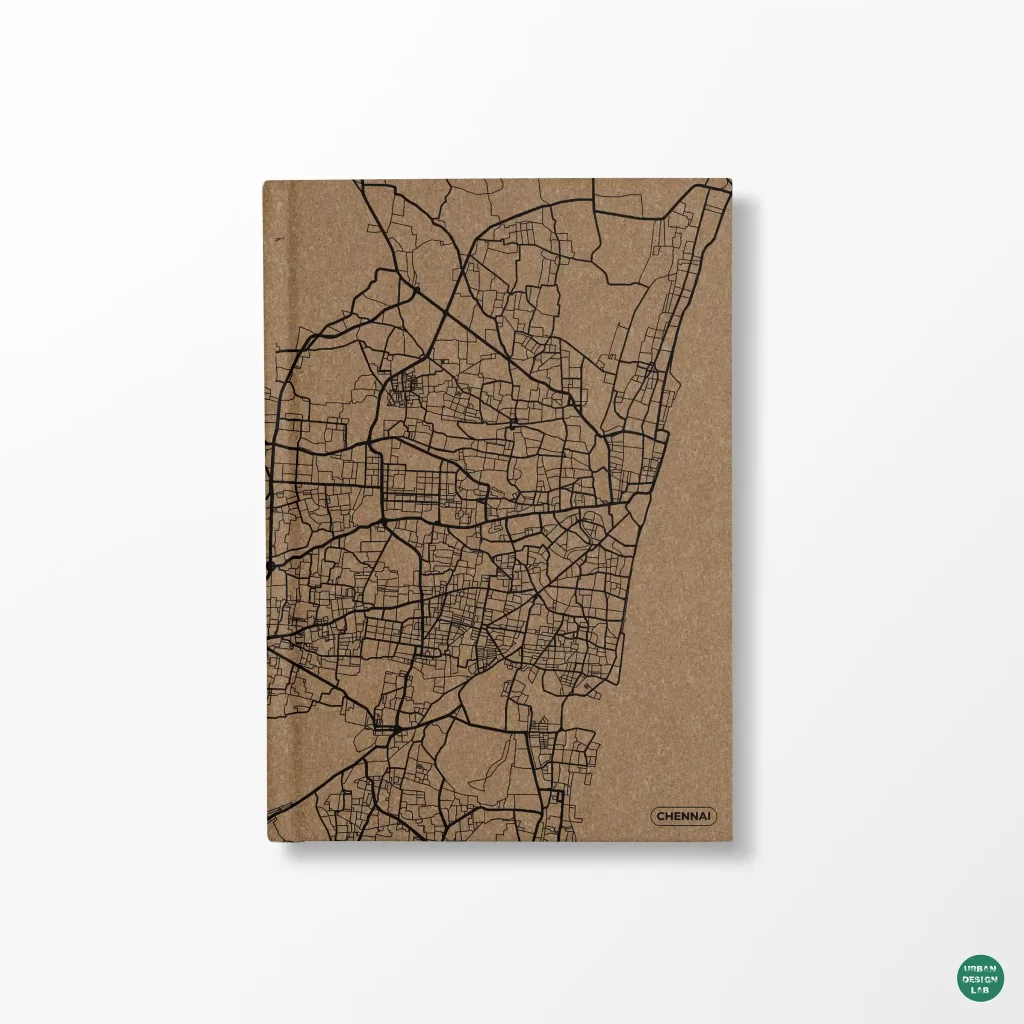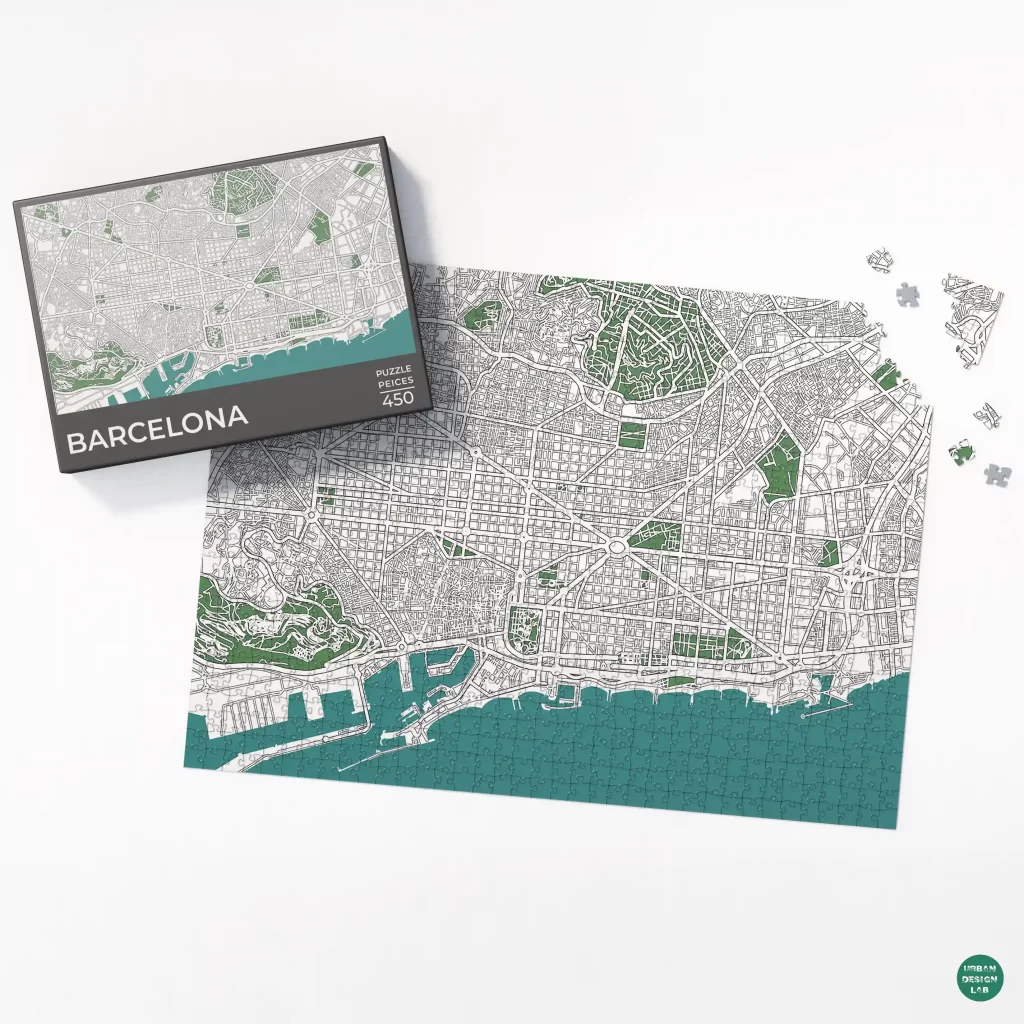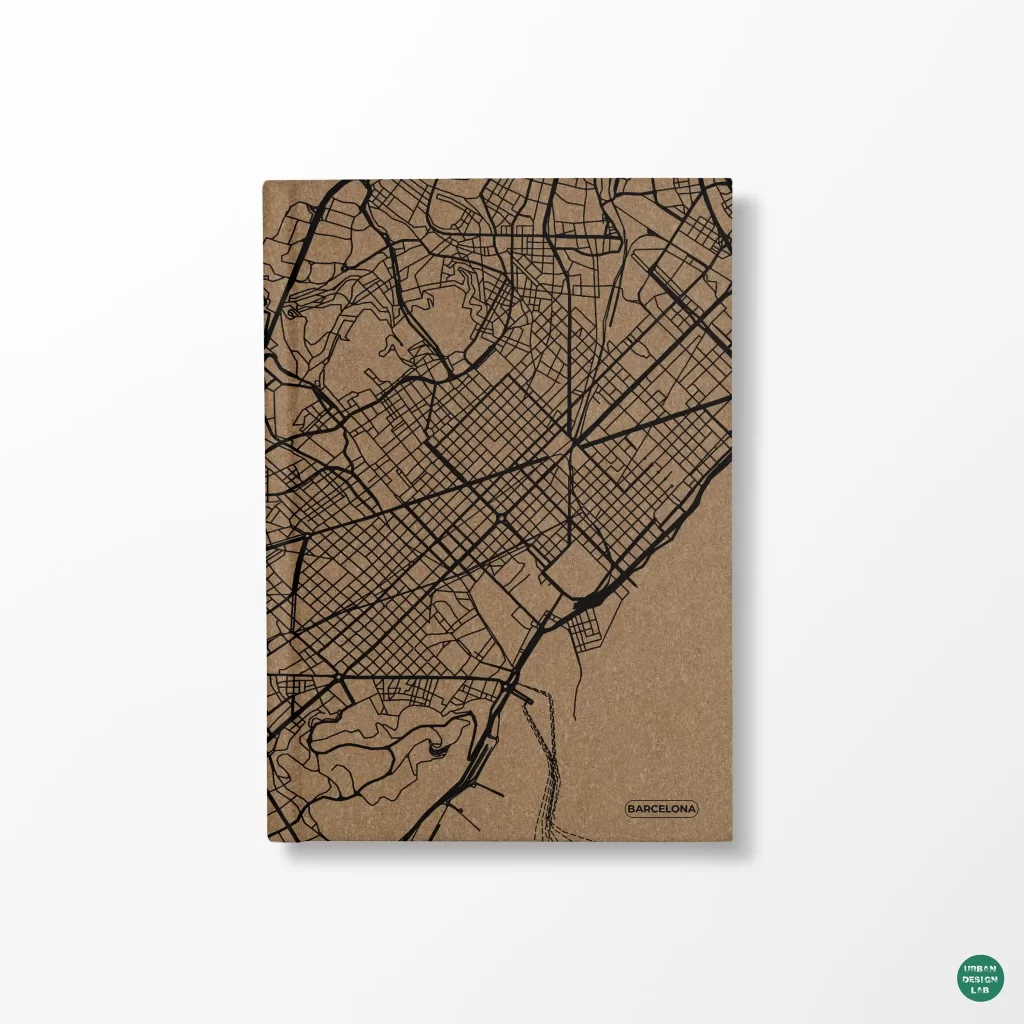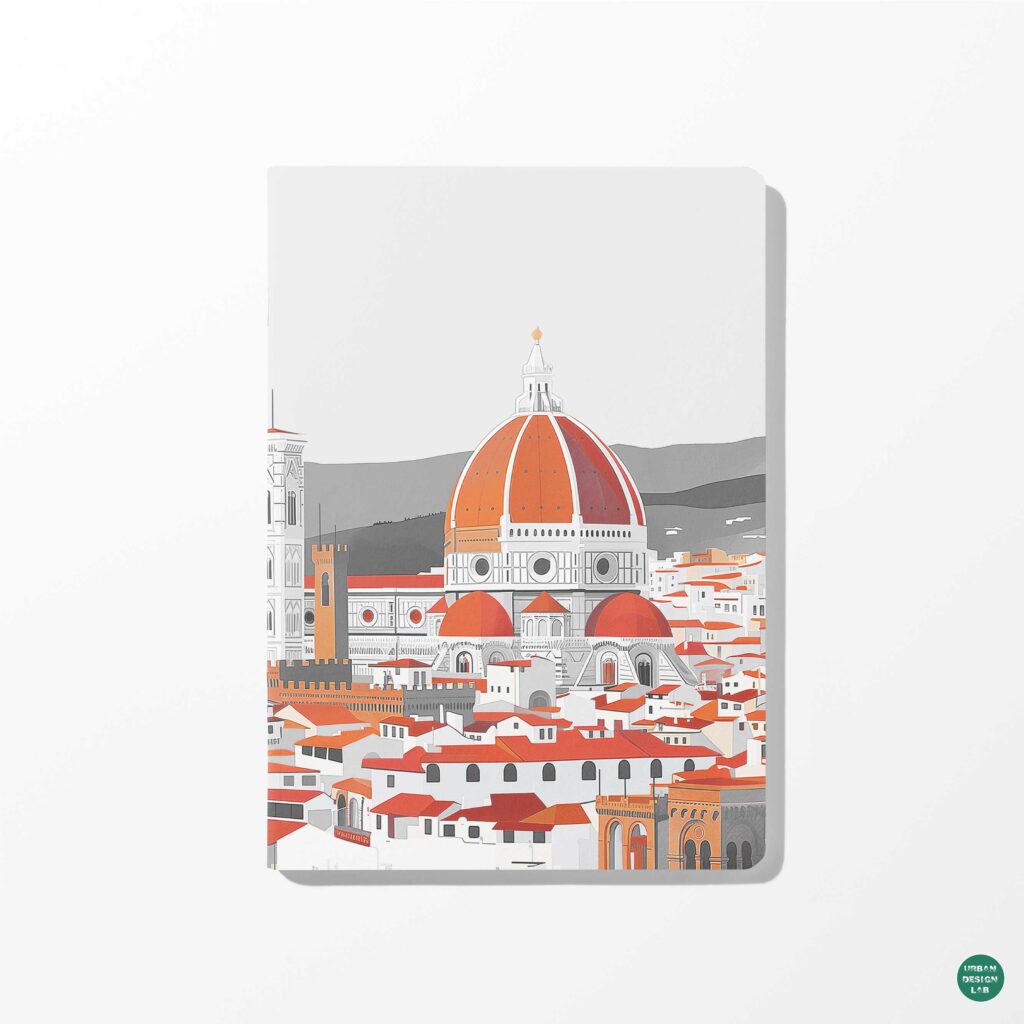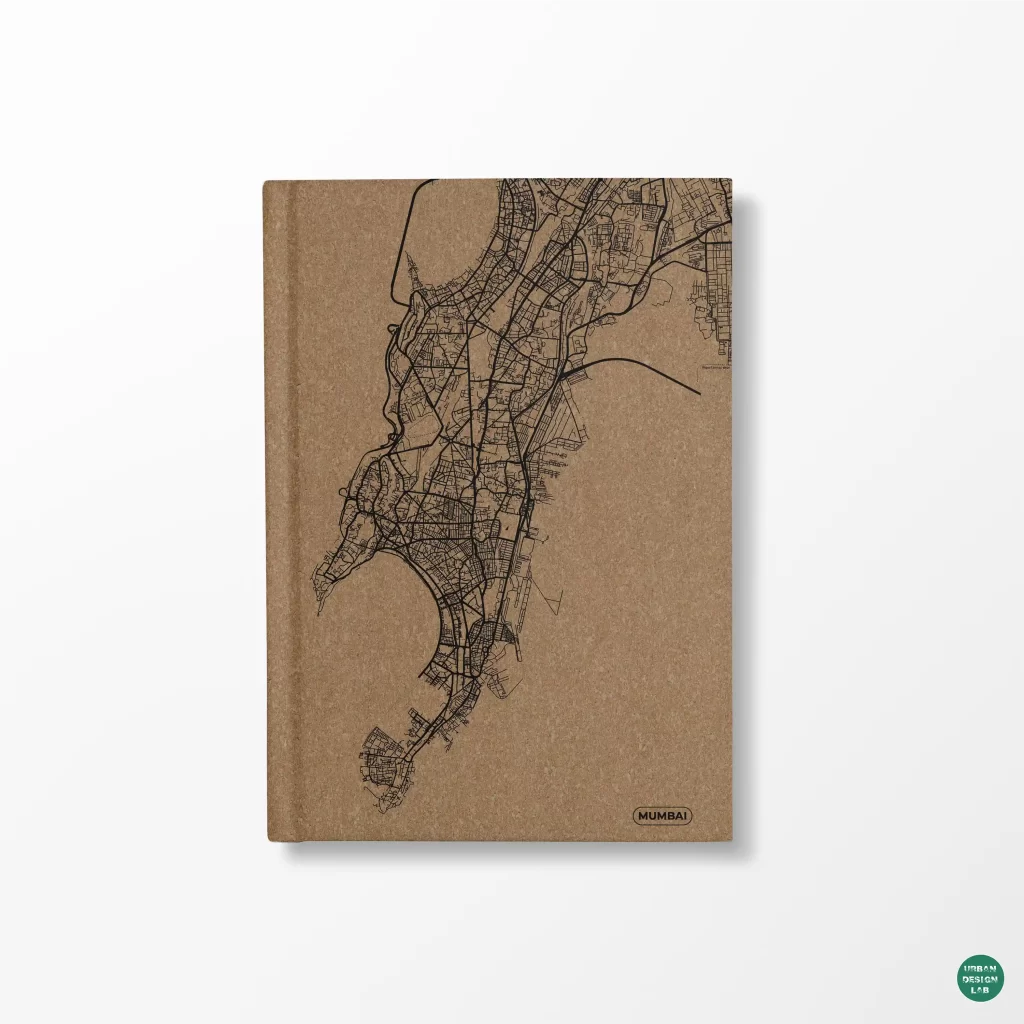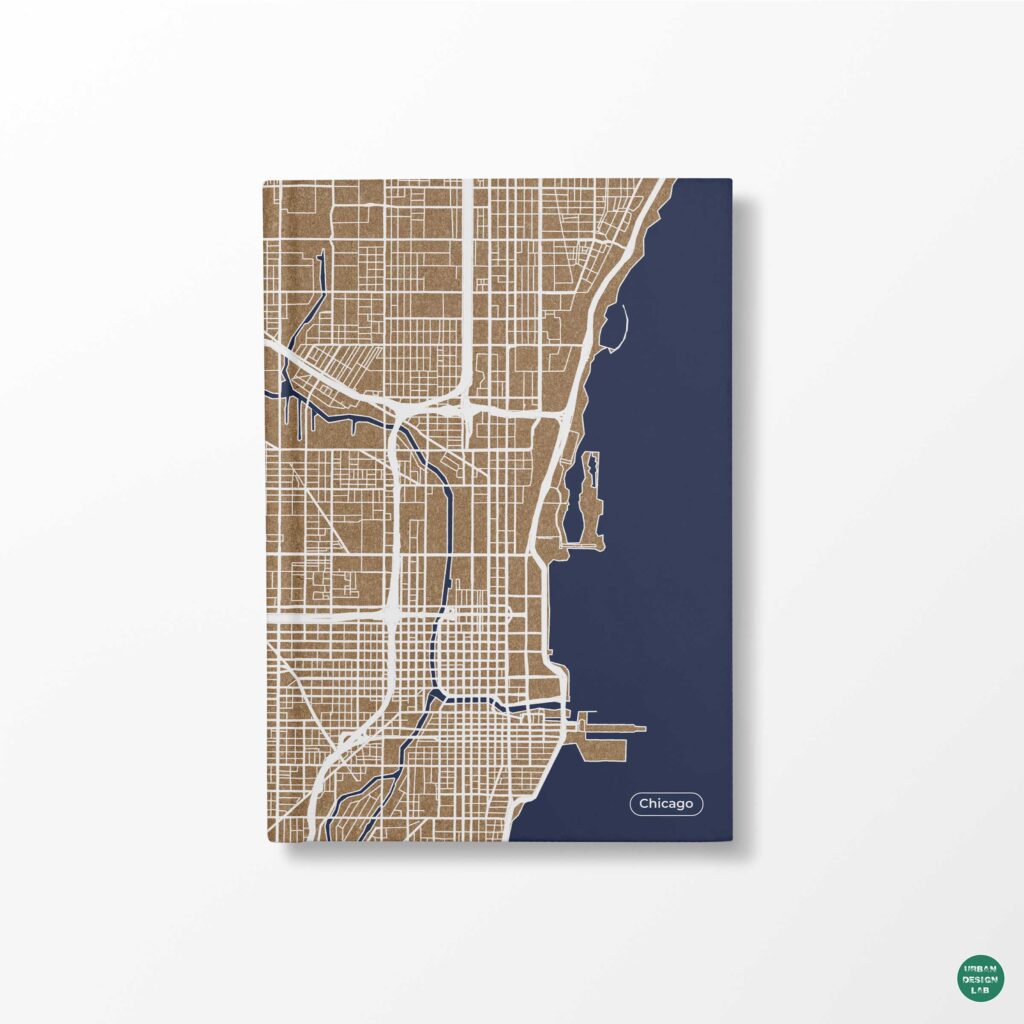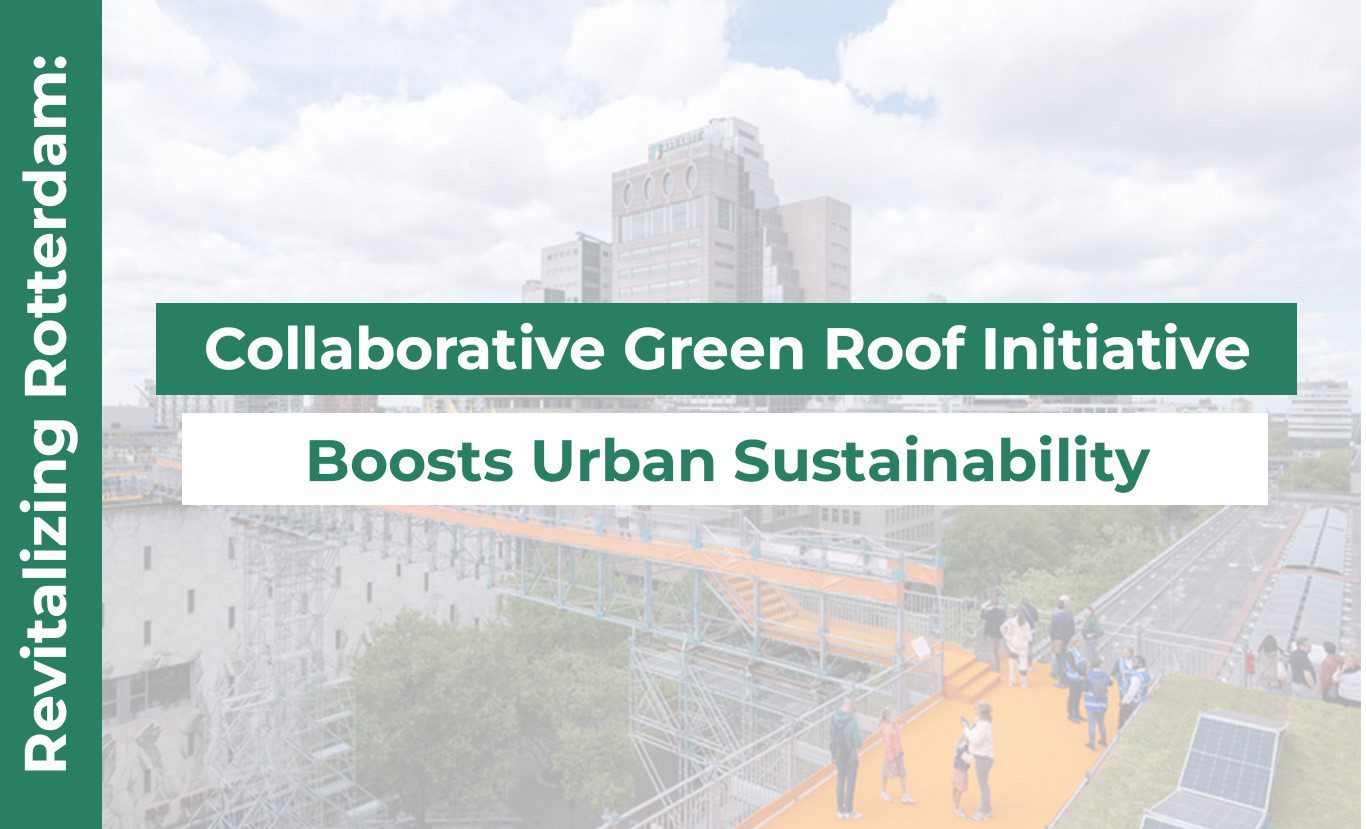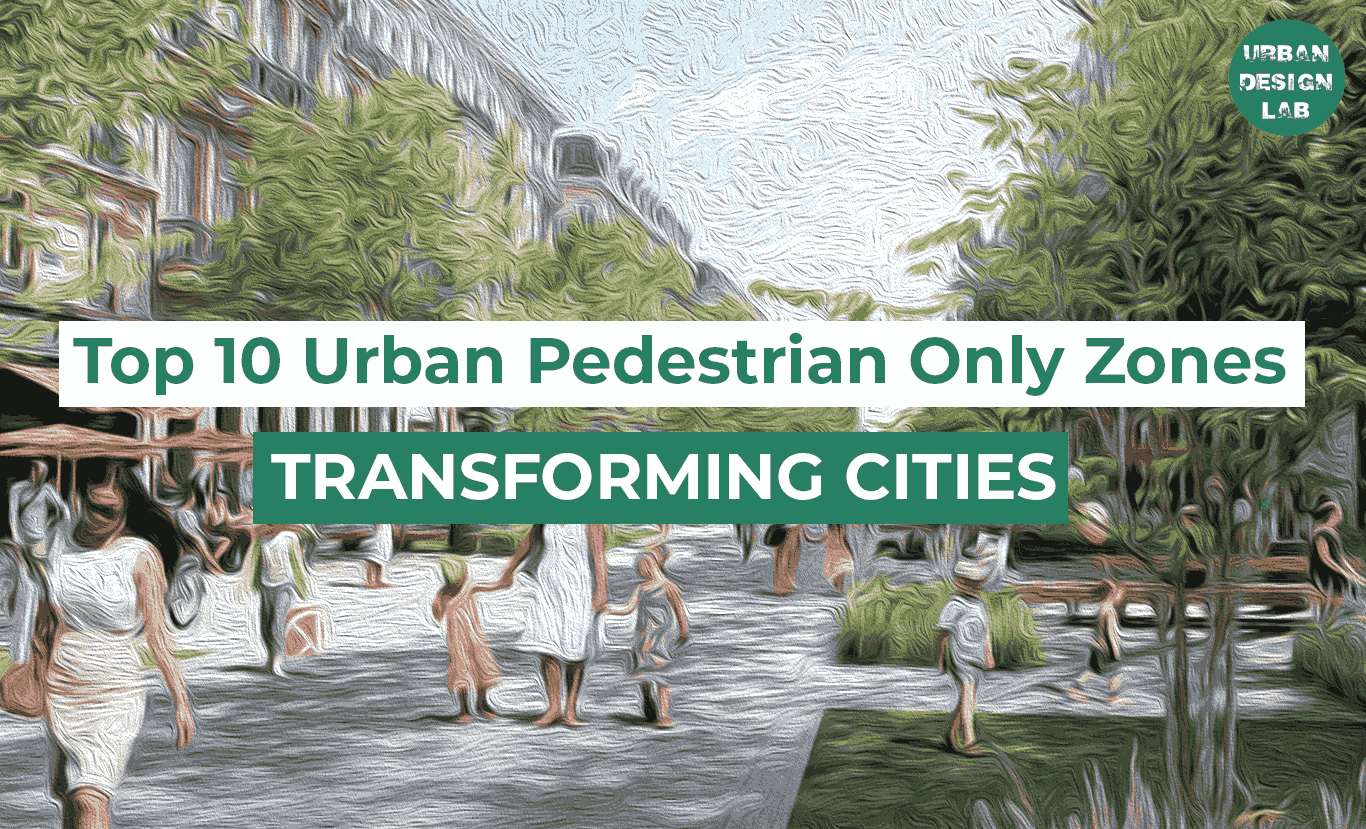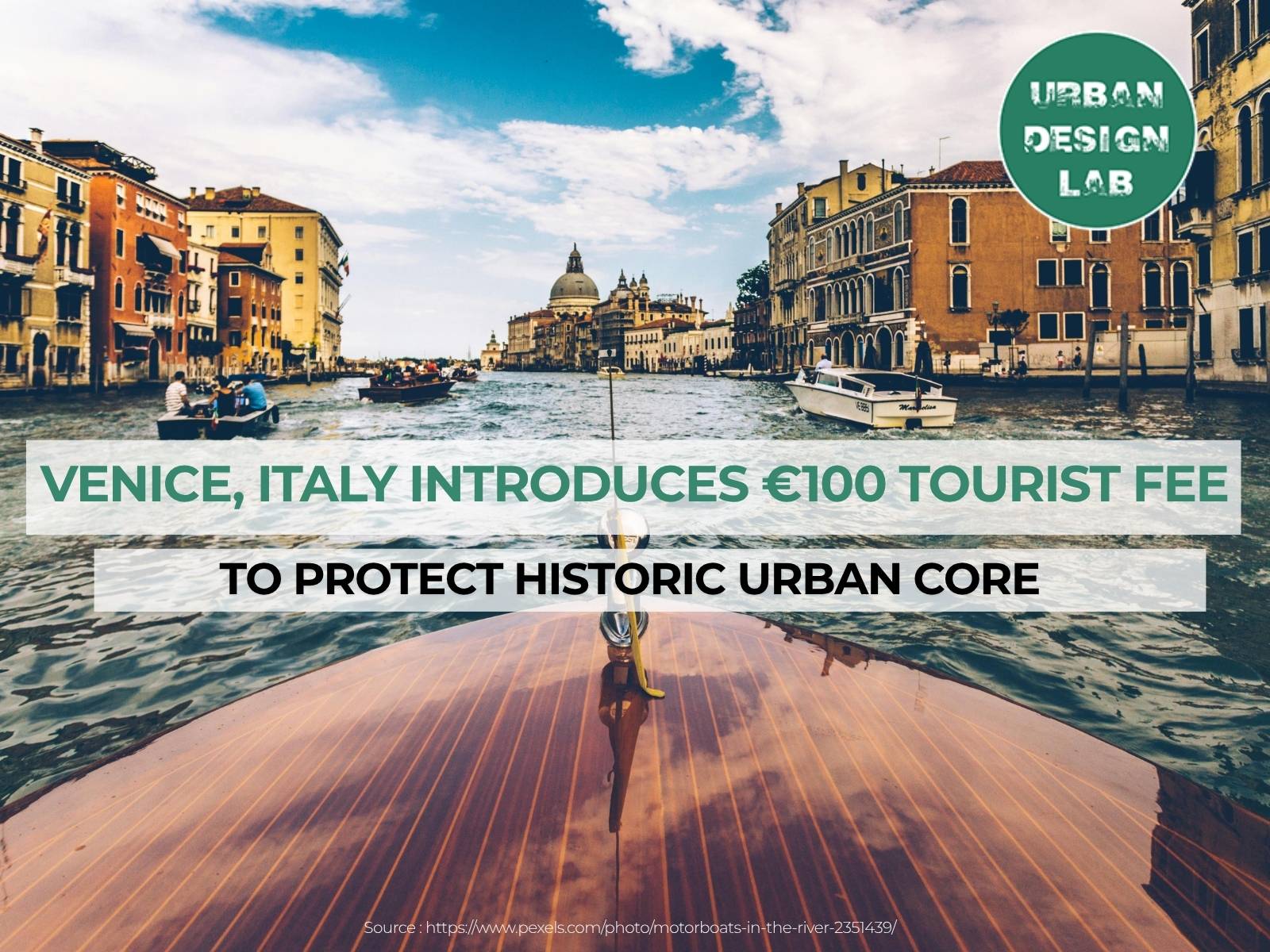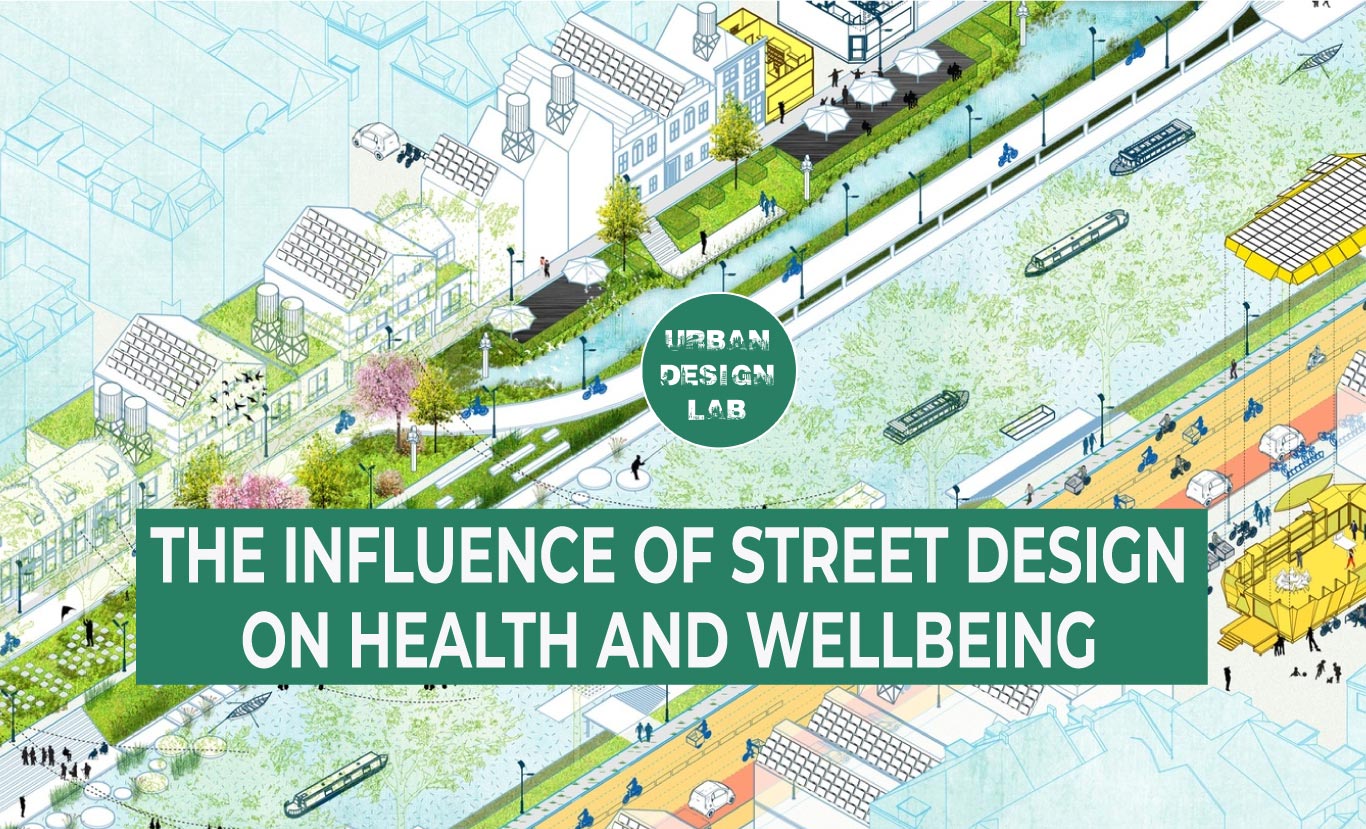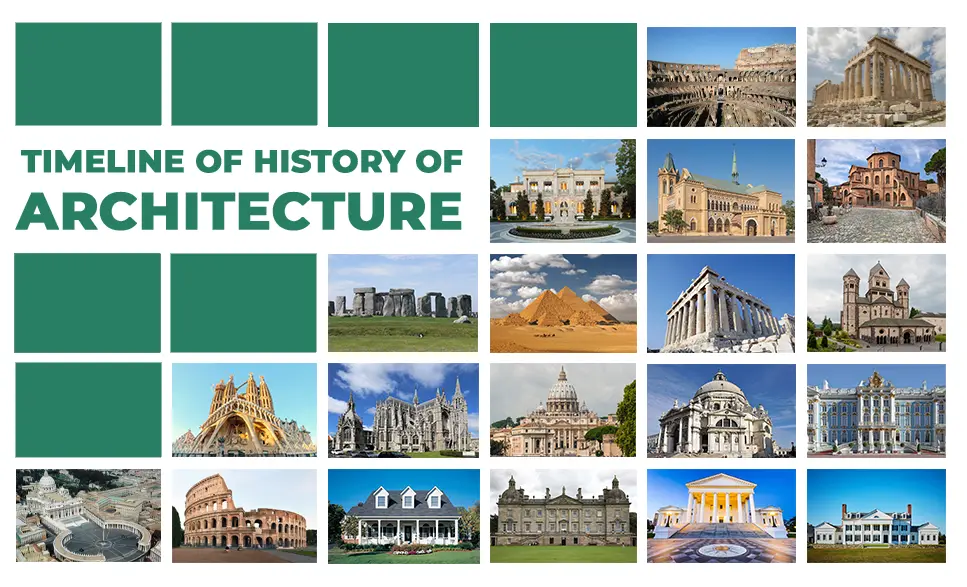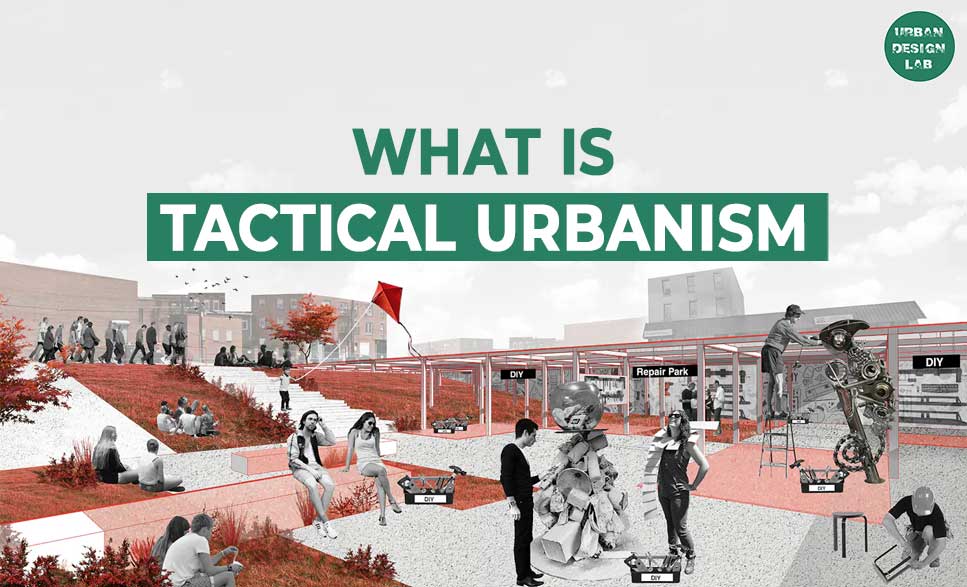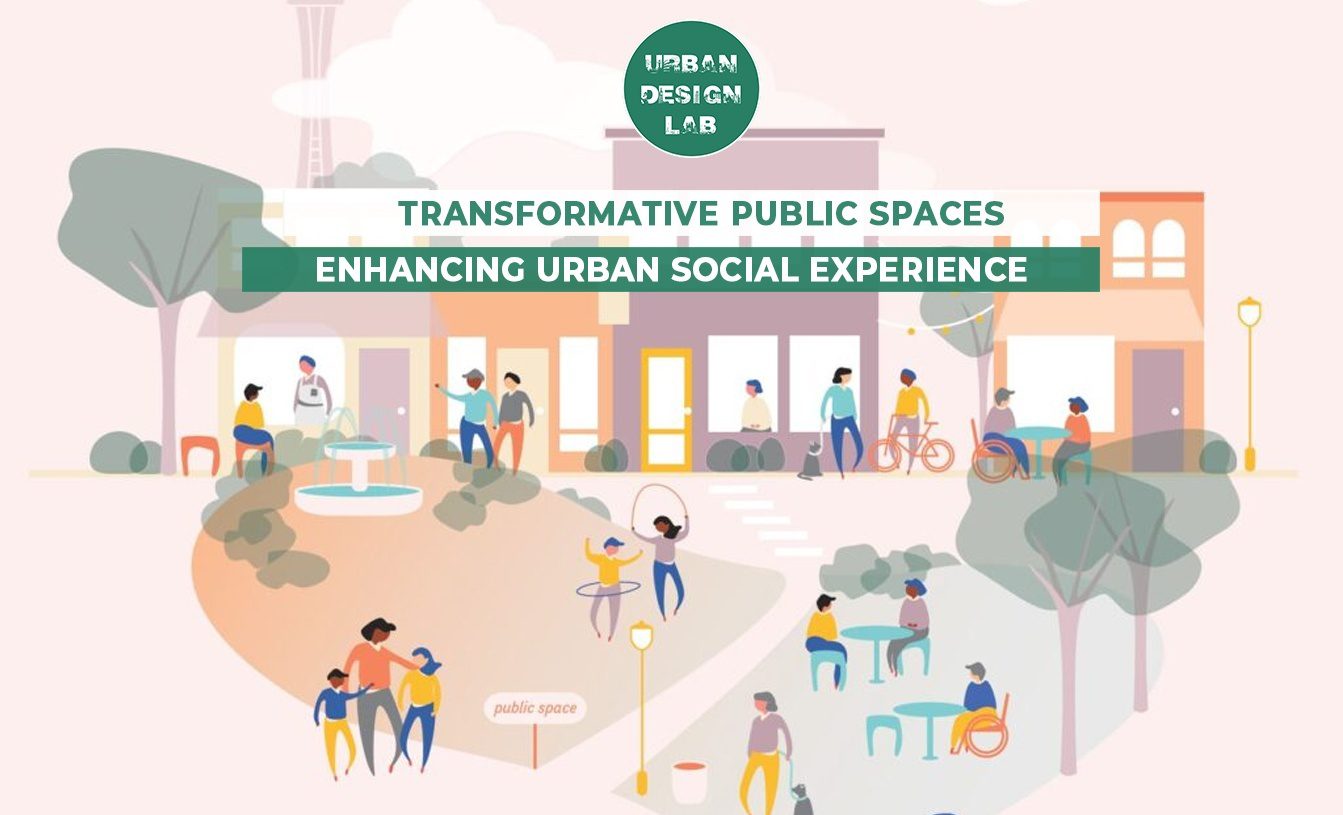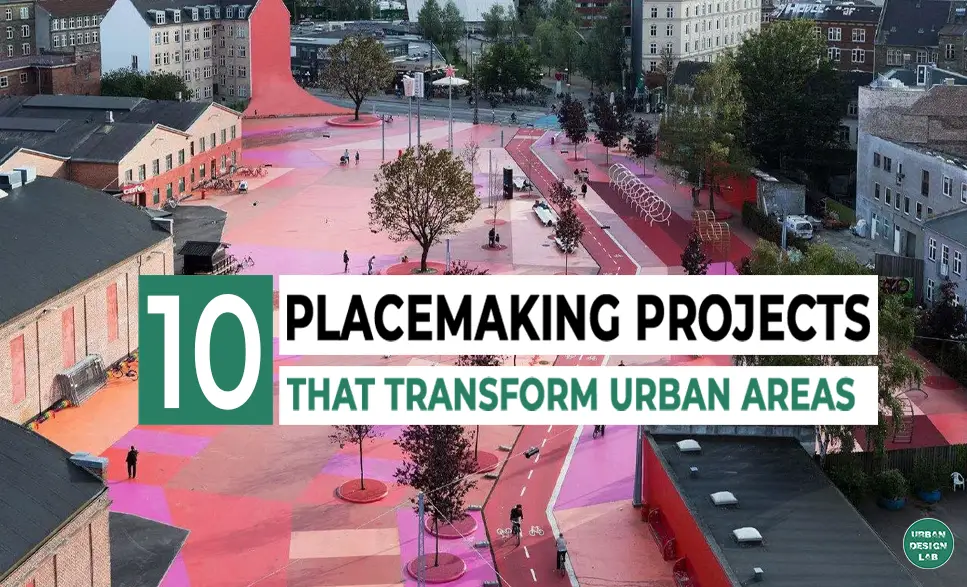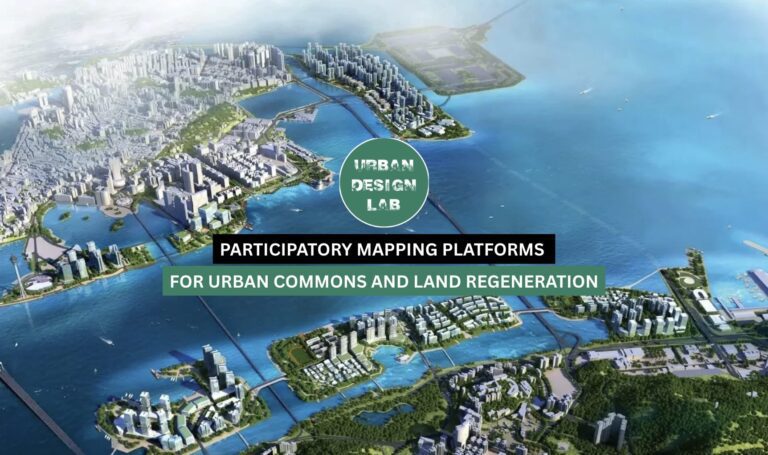
Cultural Routes as Catalysts for Urban Regeneration
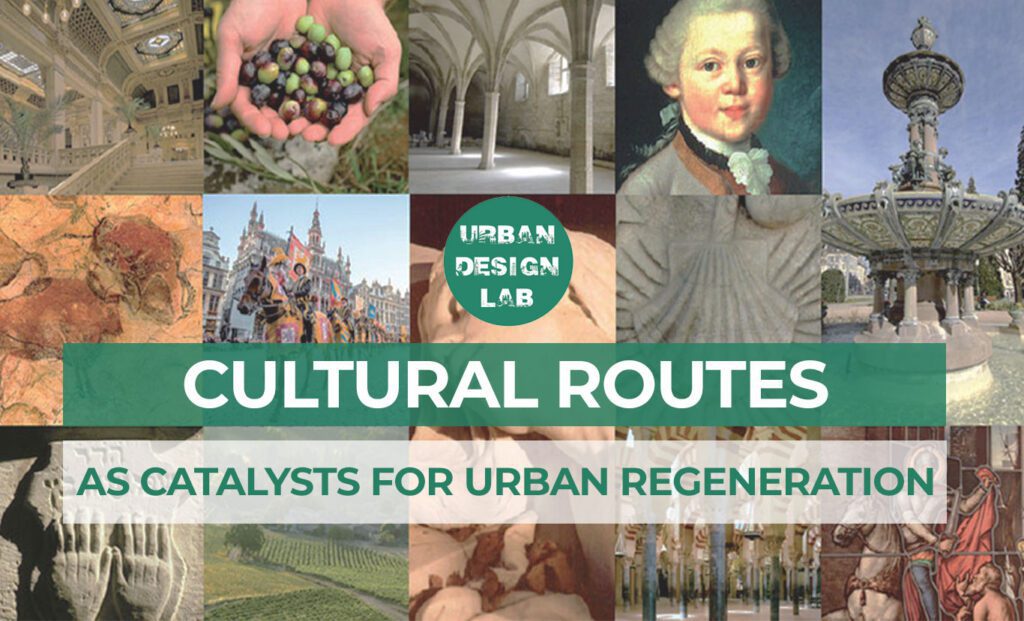
Cultural routes have emerged as pivotal tools in urban regeneration, fostering economic, social, and environmental revitalization. These routes connect historical landmarks, cultural heritage sites, and natural landscapes, creating a continuous narrative that enhances a city’s identity while promoting tourism, local development, and community engagement. With urbanization and globalization often diluting local cultures, cultural routes offer a counterbalance by preserving and celebrating heritage in a sustainable manner. Cultural routes have become more prevalent around the globe with the expansion of their concept. Today, pilgrims can experience a variety of routes, including the Silk Road, Viking route, Le Corbusier Destinations route, and Mozart route, to gain a deeper understanding of the cultural heritage through interactive experiences. This article examines how cultural routes contribute to urban regeneration, focusing on their economic benefits, social impact, and role in environmental sustainability while highlighting successful implementations to illustrate a holistic approach to cultural routes.
1. Expanding Heritage: Challenges and Opportunities through Cultural Routes
In its contemporary context, heritage has expanded beyond individual monuments to encompass a wide range of tangible and intangible assets. There was a time when the concept of heritage was limited to a single work of art or historical monument, but it has since been expanded to include groups of buildings, architectural assets, urban and rural areas, archaeological remains, cultural landscapes, and intangible values. Consequently, the concept of heritage has been broadened, leading to an increased appreciation of its value, particularly in the latter half of the 20th century (Durusoy, 2014).
Protecting heritage assets is a challenge for historic cities, particularly where heritage sites are widely spread. Many of these cities have adopted the idea of linking heritage sites of local significance into a cultural heritage route and marketing them as a package, as well as improving heritage asset management and conservation. Cultural routes aim to increase visitor spending at less developed sites; it aims to protect and document heritage sites that are of local significance, together with tourism sustainability, and enhance the appeal of the sites through collective marketing, facilities, and accessibility.
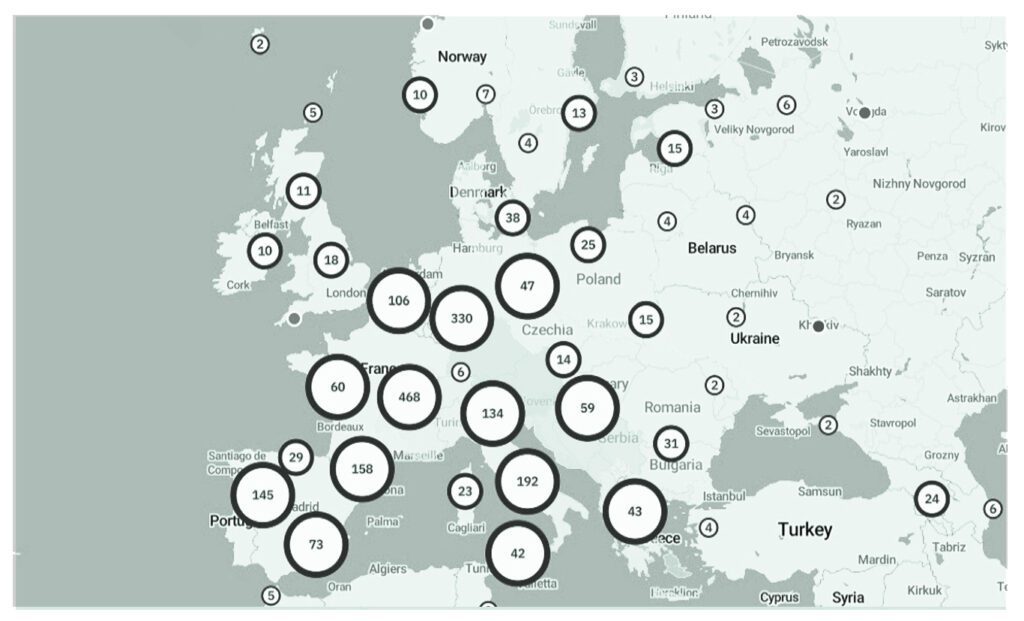
2. Development of Cultural Route Concept: A Framework for Heritage Preservation
Cultural routes have expanded globally, reflecting diverse cultures, beliefs, and lifestyles across time and geography. These routes highlight the dynamic and evolving nature of intercultural relationships. Today, three key international institutions—UNESCO, ICOMOS, and the Council of Europe—regulate and promote the concept of cultural routes globally to ensure their successful implementation and sustainable impact within the historic context. While the concept has been discussed since the 1960s, it was formally recognized in 2008 with the ICOMOS Charter on Cultural Routes. This charter provides guidelines for evaluating, protecting, managing, and preserving cultural routes as heritage assets.
ICOMOS defines a cultural route as “any route of communication, be it land, water, or some other type, which is physically delimited and is also characterized by having its own specific dynamic and historical functionality to serve a specific and well-determined purpose.”. The charter emphasizes the considerations of the route starting with its structure and its physical substratum, the purpose and functionality, the historical data used to accomplish the goal of the route, as well as the communication elements, and the existence of cultural manifestations along the route such as practices, traditions, customs, and common uses of religious, festival, culinary, or music.
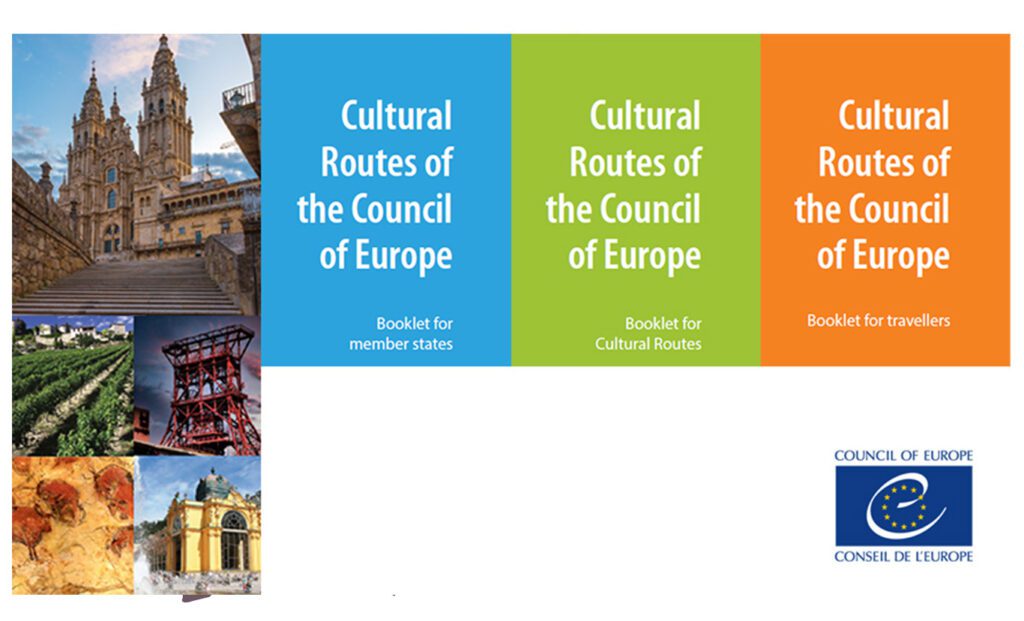
Source: Website Link
3. Classifications of Cultural Routes
Cultural routes serve to connect heritage sites while providing innovative ways to engage visitors. By integrating these routes into tourism planning, destinations can effectively adopt a cultural tourism approach. Cultural routes typically encompass guided walks and tours that promote the history and culture of a heritage site through interpretive experiences. They can be classified based on their thematic focus or geographical location. According to the International Committee on Cultural Routes (ICCR), cultural routes fall into several categories:
- Thematic cultural routes: focus on a specific theme.
- Historical cultural routes: highlight monuments and cultural assets from a particular historical period.
- Mixed cultural routes: encompass various cultural assets that represent the overall identity of a specific area.
Additionally, cultural routes can be organized by their scale and territorial scope. Local or urban cultural routes concentrate on monuments within city areas, while national cultural routes cover a broader geographical area, such as an entire country or multiple cities. Continental or intercontinental cultural routes connect multiple countries. While for their structure, routes can be designed as linear paths with a defined start and end or network paths that revolve around a central theme, offering various experiences without a specific endpoint for unique visitor experiences.

4. Cultural Route Planning and Management
Cultural route planning has evolved since the 1970s, focusing on rational and comprehensive conservation strategies that encompass not only the physical environment but also the social, cultural, and economic aspects of cities. International organizations view cultural routes as accessible connections to heritage assets, offering planners the opportunity to promote conservation while enhancing accessibility to cultural and natural heritage. According to the ICOMOS Charter for the Interpretation and Presentation of Cultural Heritage Sites (2008), cultural route planning should prioritize several aspects:
- Theme: Routes must align with a central interpretation theme defining the cultural landscape.
- Accessibility: Ensuring physical and visual access to cultural elements is crucial.
- Connectivity: The trial should enhance links between various assets to support the overall theme.
- Variety: Routes should incorporate diverse tangible and intangible elements to enrich the user experience.
- Context: Coherent presentation of the cultural landscape.
- Balance: Historical and contemporary elements must be integrated according to the interpretation theme.
- Safety: Routes should provide a secure experience for locals and visitors alike.
The route should have suitable guidance for easy navigation; this may be achieved with signage and maps. Also, basic information about the route and its points of interest should be available from the city’s tourist office.
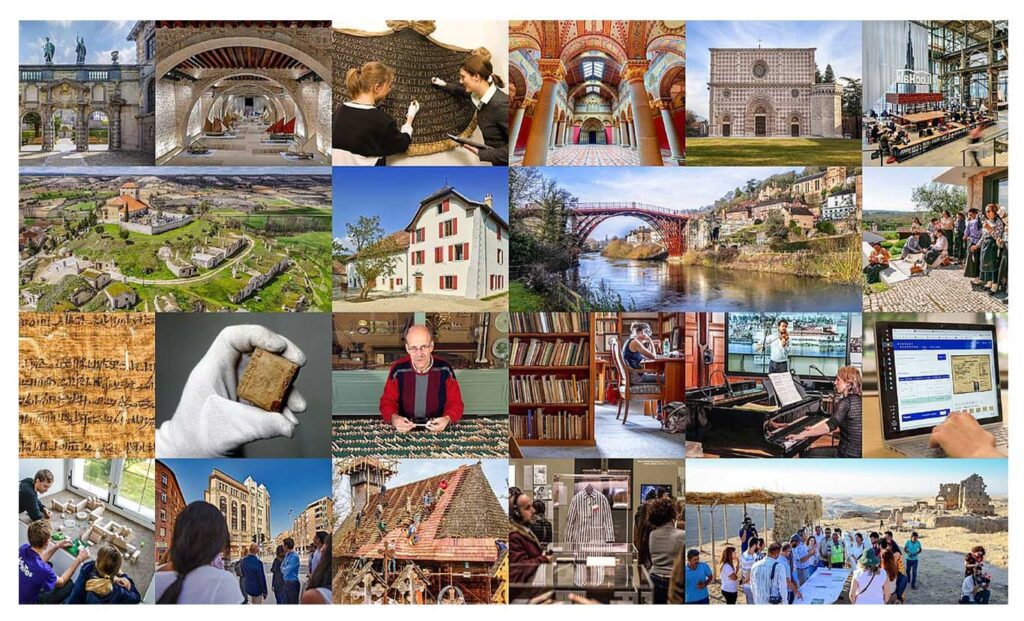
5. Cultural Routes as Catalysts for Economic Growth and Urban Vitality
As defined by ICOMOS, cultural routes encompass three key aspects: exchange, interaction across space and time, and identity, all shaped by social, economic, cultural, and spiritual contexts. In this sense, they can be seen as an effective tool for promoting historic cities, as they can make historic cities more dynamic and attractive to their residents and tourists by applying the idea of linking heritage sites of local significance into a cultural heritage route and marketing them as a package, thereby increasing their economic profit and growth.
Cultural routes significantly boost local economies by promoting heritage tourism, a sector that combines historical appreciation with economic growth. Cities that implement well-curated cultural routes often experience increased tourist influx, which directly benefits local businesses such as hotels, restaurants, and shops. For example, “Camino de Santiago” in Spain, known as “Way of St. James,” has attracted millions of pilgrims and tourists, rejuvenating small towns along its path. Moreover, cultural routes encourage investment in infrastructure and amenities, improving the urban environment for both tourists and residents. The revenue generated can be reinvested into further preservation and revitalization projects, ensuring the sustainable upkeep of heritage sites while stimulating economic growth.
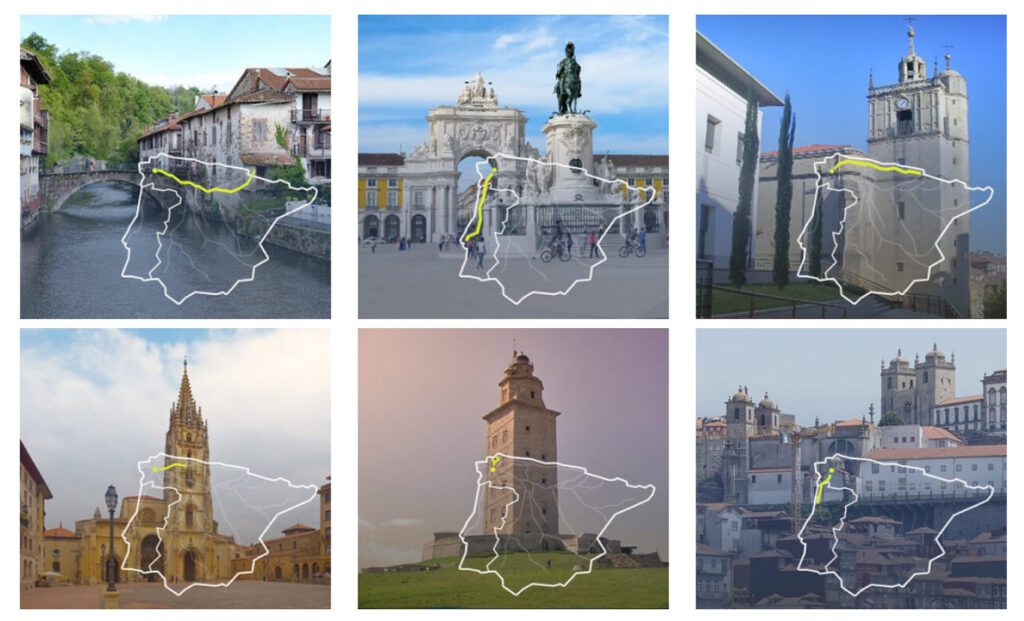
6. Fostering Social Cohesion and Community Identity
Cultural routes are more than just tourist attractions; they are powerful tools for social cohesion and community building. By linking historical landmarks and heritage sites, cultural routes offer a shared narrative and collective memories that strengthen a community’s identity. This sense of belonging fosters social inclusion, as residents take pride in their cultural heritage and participate in its preservation. Community engagement is crucial for the success of these routes, as local knowledge and traditions enrich the visitor experience. Cultural routes also create opportunities for local events, festivals, and arts initiatives, which bring people together and promote intercultural dialogue.
The regeneration of urban spaces through cultural routes, therefore, becomes a socially inclusive process. They embrace the concept of the “Heritage Cycle“, which aims at promoting heritage and raising awareness, hence fostering an understanding of its significance, which in turn empowers people to preserve and safeguard heritage assets (Tikin, 2013). As such, the successful implementation of an accessible cultural route presents both an opportunity and an effective approach to achieving a regenerative strategy within a historical context.
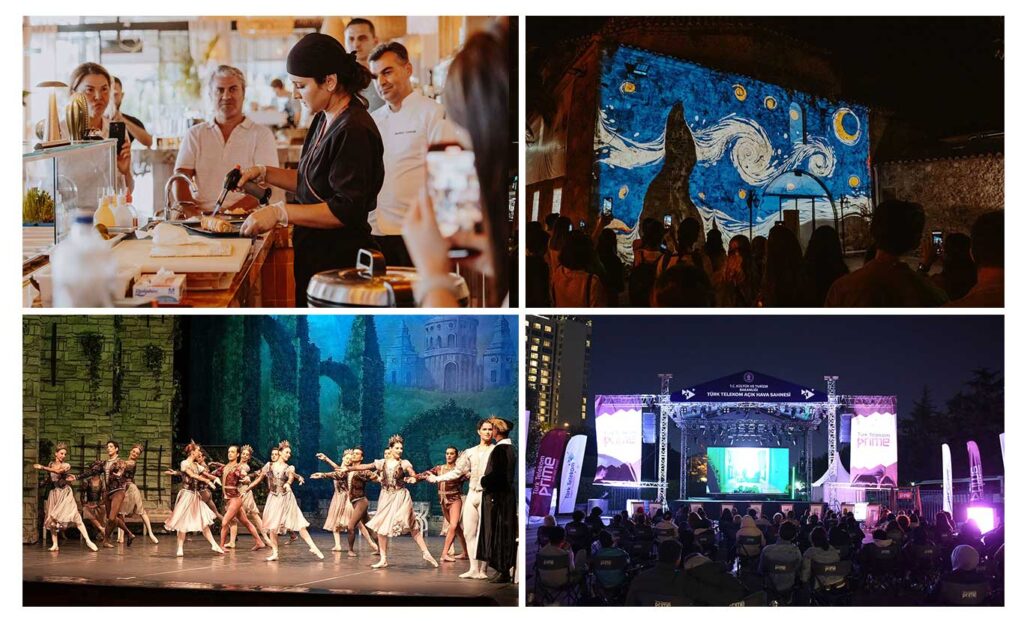
7. The Role of Cultural Routes in Promoting Environmental Sustainability
The integration of cultural routes into urban regeneration projects contributes to environmental sustainability by promoting eco-friendly transportation and the preservation of green spaces. Most cultural routes prioritize walking, cycling, or public transportation, reducing the reliance on cars and lowering carbon emissions. Cultural routes are integrating several factors to create a sustainable destination, such as developing local products and markets, promoting sustainable transport and shared mobility, targeting cultural tourists objectively, celebrating culture with interactive interpretation, and encouraging sustainable behavior.
In addition, cultural routes often involve the restoration of natural landscapes, such as riverbanks, parks, and gardens, which are essential for maintaining biodiversity in urban environments. For instance, the Cultural Route of the “Olive Tree” in the Mediterranean promotes sustainable agriculture and environmental conservation, along with heritage preservation. This dual approach to heritage and environment not only preserves cultural landscapes but also enhances the quality of urban life.
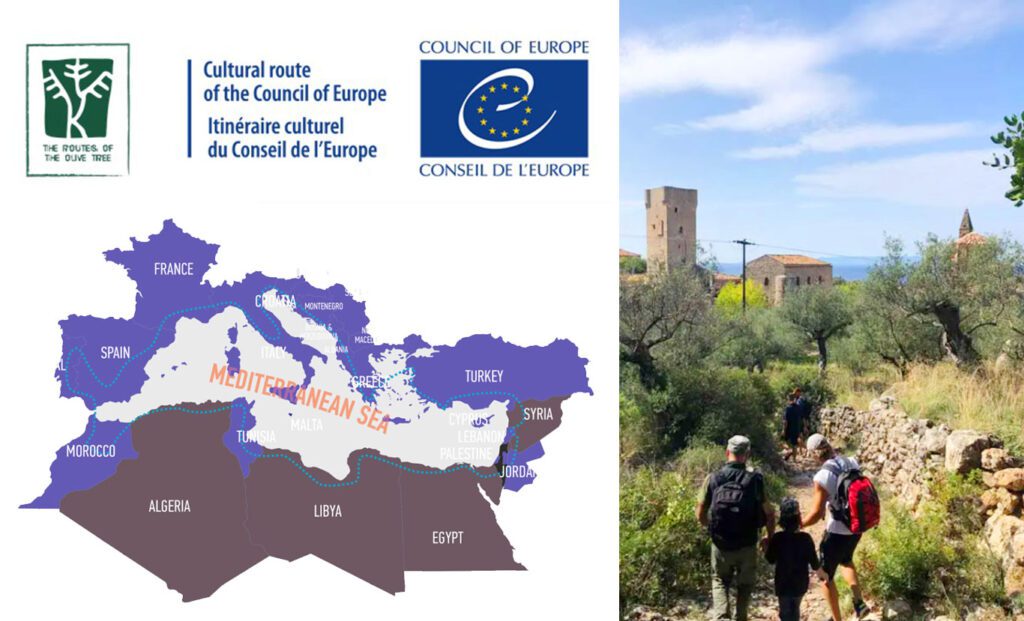
8. Case Study Reflections: The Charlemagne Cultural Route, Aachen, Germany
Known as the “Routes of the Carolingians”, the Charlemagne Cultural Route, connects historical sites across Western Europe where Charlemagne lived, promoting European heritage. Spanning multiple countries, it highlights the Carolingian era’s history, art, and architecture, enhancing regional tourism and awareness of Charlemagne’s legacy. In Aachen, the route guides visitors through eight key stations, showcasing the city’s cultural heritage, including Charlemagne’s palace and St. Mary’s Church. The route offers diverse storytelling techniques, including brochures, 3D simulations, and guided tours, to enhance visitor interaction and promote experiential tourism.
The 2021-2022 evaluation of the “Via Charlemagne” route highlighted its role in commemorating Charlemagne as the father of Europe and promoter of the “Carolingian Renaissance”. In terms of cultural tourism and sustainable cultural development, the route has implemented various cultural tourism initiatives, such as workshops and festivals, to promote heritage preservation and sustainable development and raise awareness through media. Moreover, the route’s financial reports show positive outcomes, with 223 thousand euros with ambitious projects to boost the local economy within the near future. Also, the route fosters cultural and educational exchanges, supported by a large Scientific Committee, and offers suggested tours that promote European legends and Charlemagne’s legacy across member countries.
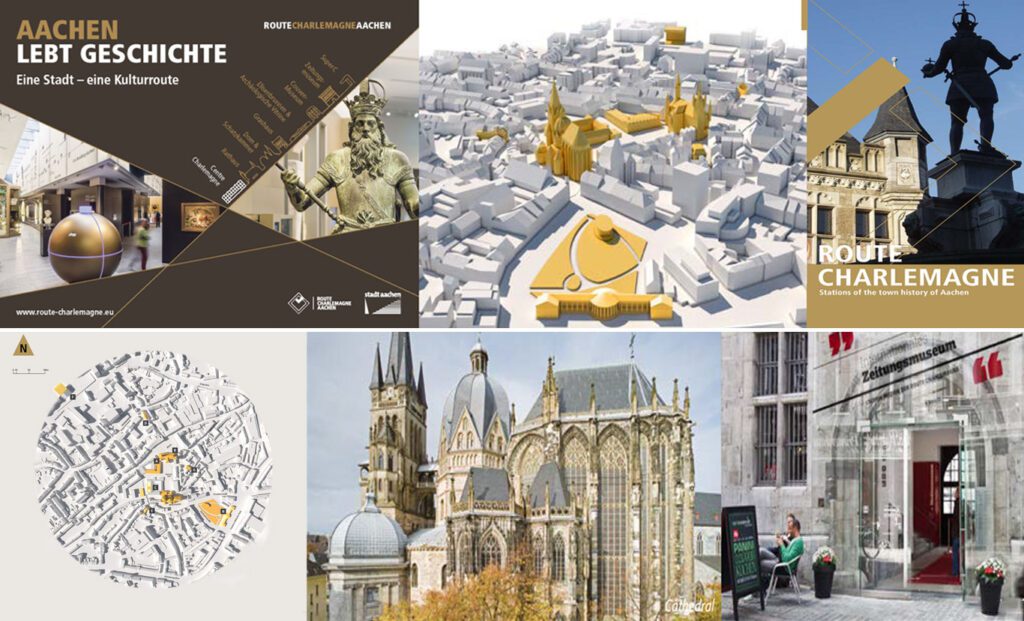
Conclusion
Cultural routes are powerful drivers of culture-led urban regeneration and revitalization, blending heritage conservation with economic, social, and environmental sustainability. By creating pathways that connect historical and cultural sites, these routes not only attract tourism but also foster social cohesion, promote sustainable practices, and rejuvenate degraded urban areas. The cultural route gives new “readings” to the monuments while also preserving and promoting cultural heritage. Increased visibility of cultural assets through these routes can lead to the conservation and restoration of these assets, making them a desirable destination for visitors and innovative businesses in the cultural field. A cultural route experience can be regarded as a tool for cultural and social integration in historic cities as well as an effective tool to promote cultural tourism. In other words, the cultural route, along with its interpretation strategies, aims to shift the visitor from a passive consumer to an active participant, enhance the cultural experience, and foster experiential sustainable tourism.
References
- Berti, E., & Mariotti, A. (2015). “Cultural Routes and Urban Regeneration: Case Studies and Best Practices,” Journal of Cultural Heritage Management and Sustainable Development.
- Richards, G. (2007). Cultural Tourism: Global and Local Perspectives. Haworth Press.
- Mahmoud, Ahmed. (2023). From theory to practice: cultural routes as catalyst for urban regeneration in the historic city center of Alexandria. Brandenburg University, Cottbus, Germany.
- Timothy, D. J. (2011). Cultural Heritage and Tourism: An Introduction. Channel View Publications.
- UNESCO. (2018). “Cultural Routes: A Tool for Heritage Conservation and Sustainable Development,” available at https://whc.unesco.org/en/cultural-routes

Ahmed Abdelaal Mahmoud
About the Author
Ahmed is an accomplished urban and architectural designer, specializing in sustainable urbanism. Dedicated to creating eco-friendly practices worldwide, he integrates research and design to shape sustainable urban development. With a rich academic and professional career, he’s a vital contributor to creating sustainable spaces, shaping resilient urban environments, and improving the overall livability of societies.
Related articles
UDL Illustrator
Masterclass
Visualising Urban and Architecture Diagrams
Session Dates
17th-18th January 2026

Urban Design Lab
Be the part of our Network
Stay updated on workshops, design tools, and calls for collaboration
Curating the best graduate thesis project globally!

Free E-Book
From thesis to Portfolio
A Guide to Convert Academic Work into a Professional Portfolio”
Recent Posts
- Article Posted:
- Article Posted:
- Article Posted:
- Article Posted:
- Article Posted:
- Article Posted:
- Article Posted:
- Article Posted:
- Article Posted:
- Article Posted:
- Article Posted:
Sign up for our Newsletter
“Let’s explore the new avenues of Urban environment together “


